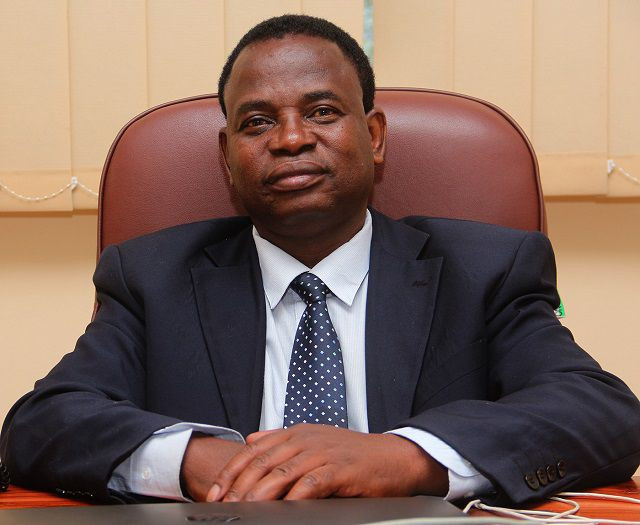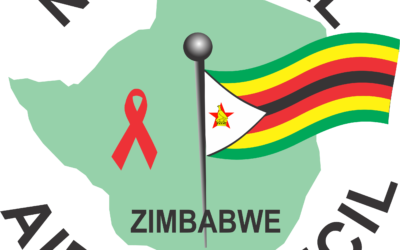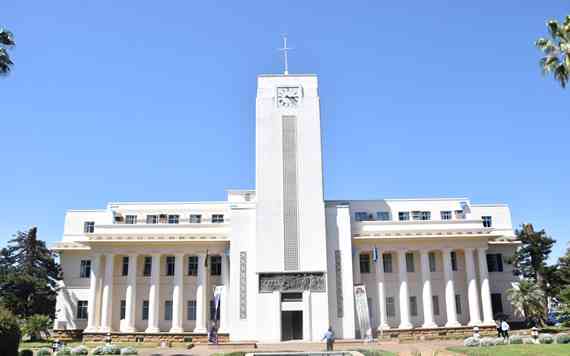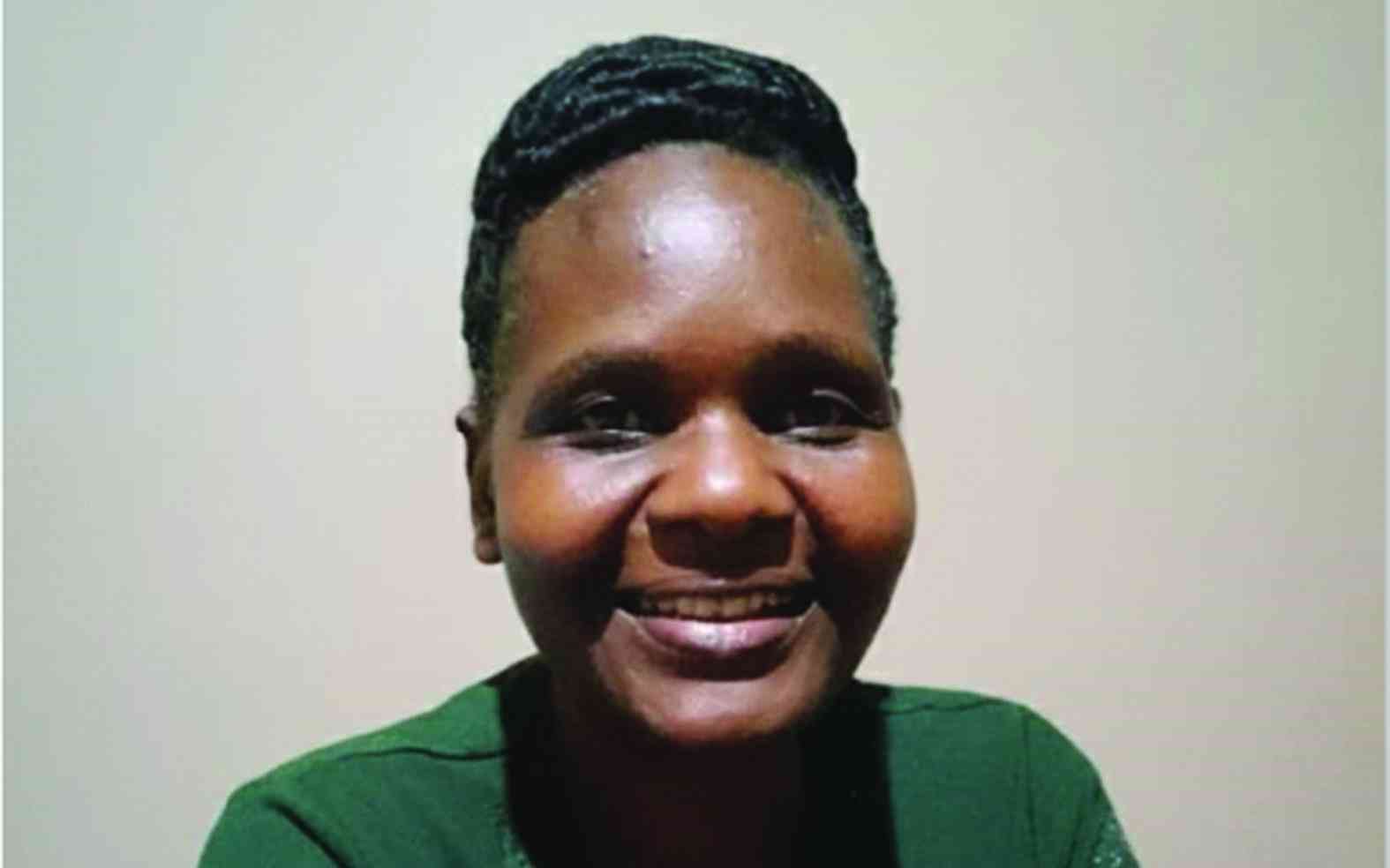
BULAWAYO City Council (BCC) says water shedding remains in place despite the recent heavy rains that saw the local authority recommissioning uMzingwane Dam.
Council decommissioned uMzingwane and Upper Ncema dams last year due to low water levels and embarked on a stringent water shedding regime.
Some residents, especially those in high-lying areas, have gone for months without receiving any supplies as the water crisis deepens.
Town clerk Christopher Dube said the water-shedding regime would remain in place as the city’s dams had not received significant inflows.
"As of the current date, the global dam water levels have shown a 13,87% increase in relation to overall capacity, with inflows recorded since November 4, 2024," Dube said in an update.
"However, the water levels in the city's dams are significantly below the required threshold, necessitating ongoing water conservation efforts and strict adherence to the existing water-shedding schedule."
Dube said council was drawing water from uMzingwane Dam which has received inflows of 16 571 560 cubic metres and is presently 34,67% full.
uMzingwane was decommissioned on November 19, 2023 at 3,95%.
- Uproar over census figures
- Byo Arts Festival in turmoil…One year later, festival has yet to pay artists…Organisers play cat and mouse with artists
- Bulawayo struggles to clear housing backlog
- Fresh row over city parking fees
Keep Reading
“Since January 3, 2025, the city began abstraction of water from the dam and at its current volume depletion is projected to be in December 2025," he said.
However, Upper Ncema remains decommissioned.
Council stopped drawing water from the dam on October 2, 2024 when water levels were at 2,08%.
"Since the onset of the rainy season the dam has received 13 738 580m2 of inflows and is currently 33,21% full,” Dube said.
“The Upper Ncema Dam, a crucial reservoir located on the same river as the Lower Ncema Dam is a reserve dam for the city as such abstraction of water from this dam is via Lower Ncema Dam.“
The Zimbabwe National Water Authority recently revealed that Bulawayo supply dams received less than expected inflows despite heavy rains while other dams in Matabeleland provinces are spilling.
Zinwa said, as of January 29 this year, Mtshabezi stood at 66,8%, Insiza (42,6%), uMzingwane (34,7%), Upper Ncema (33,9%), Lower Ncema (7%) and Inyankuni (9,8%).
The Matabeleland Zambezi Water Project is seen as a lasting solution to Bulawayo's endemic water challenges. It was mooted in 1912.









